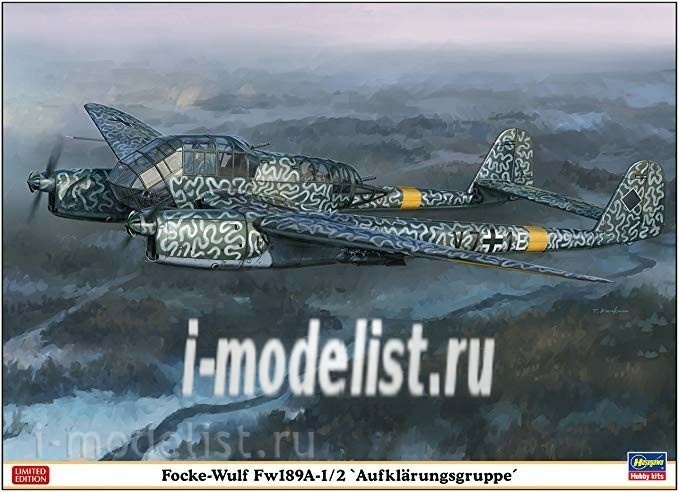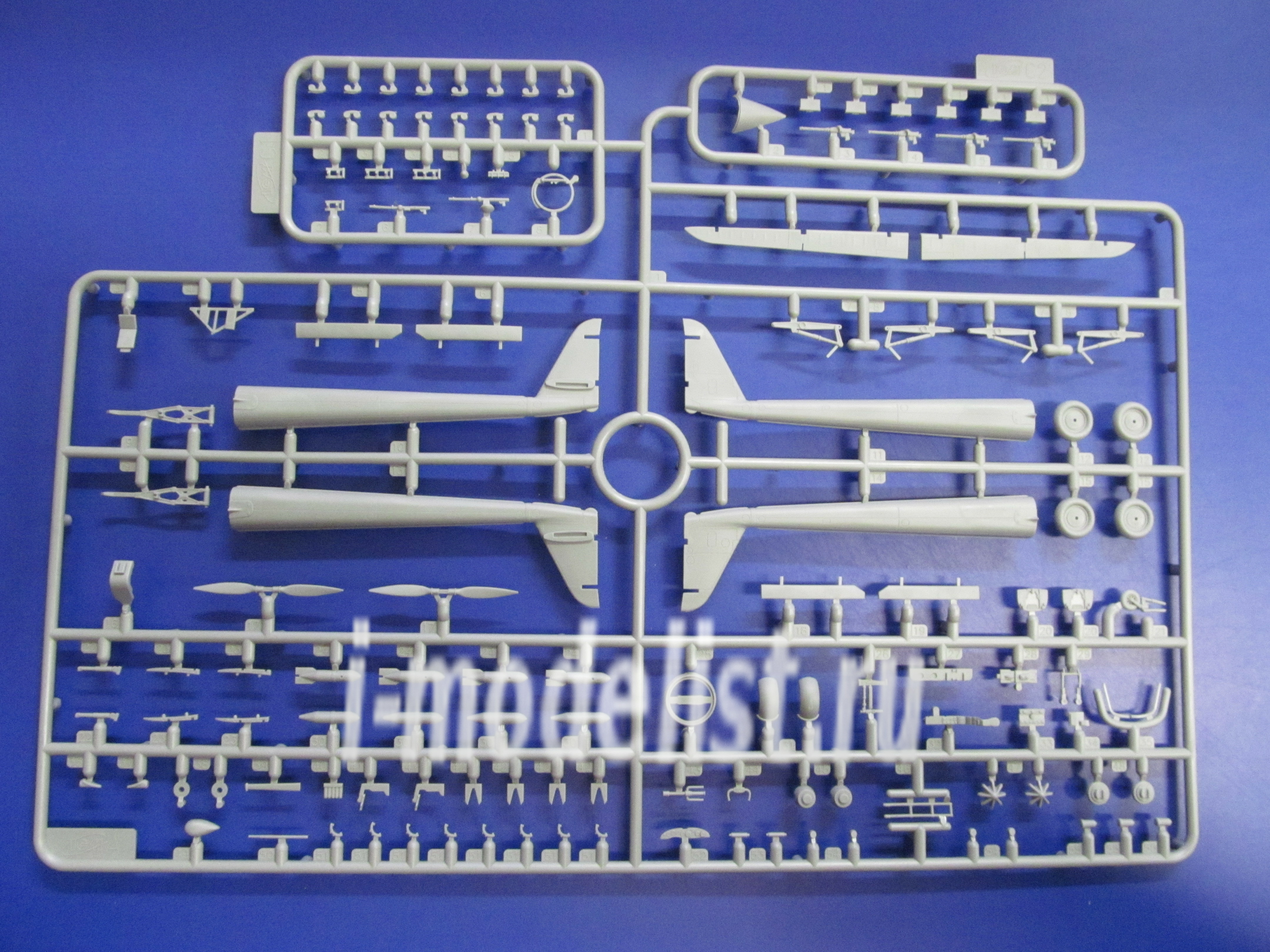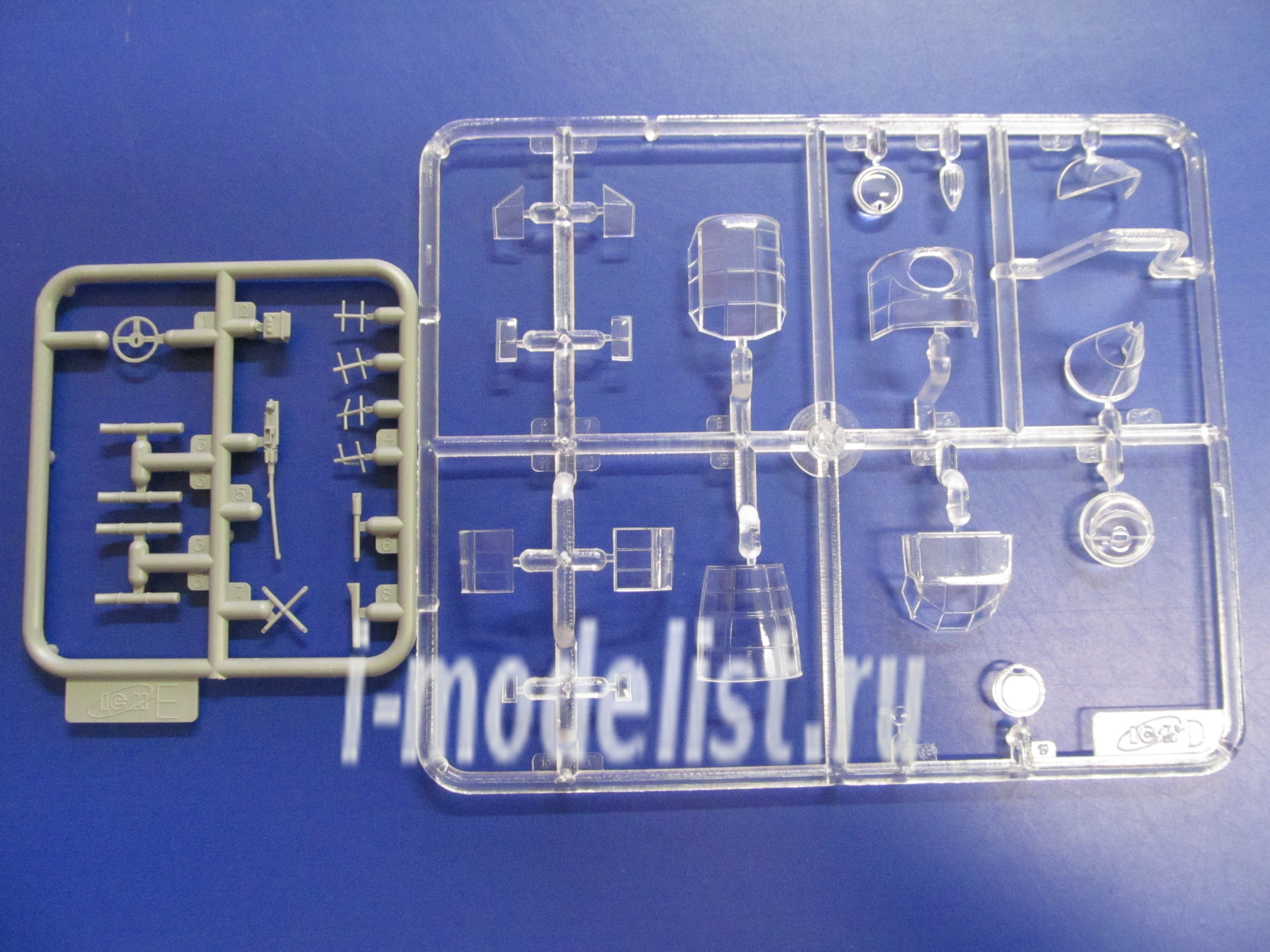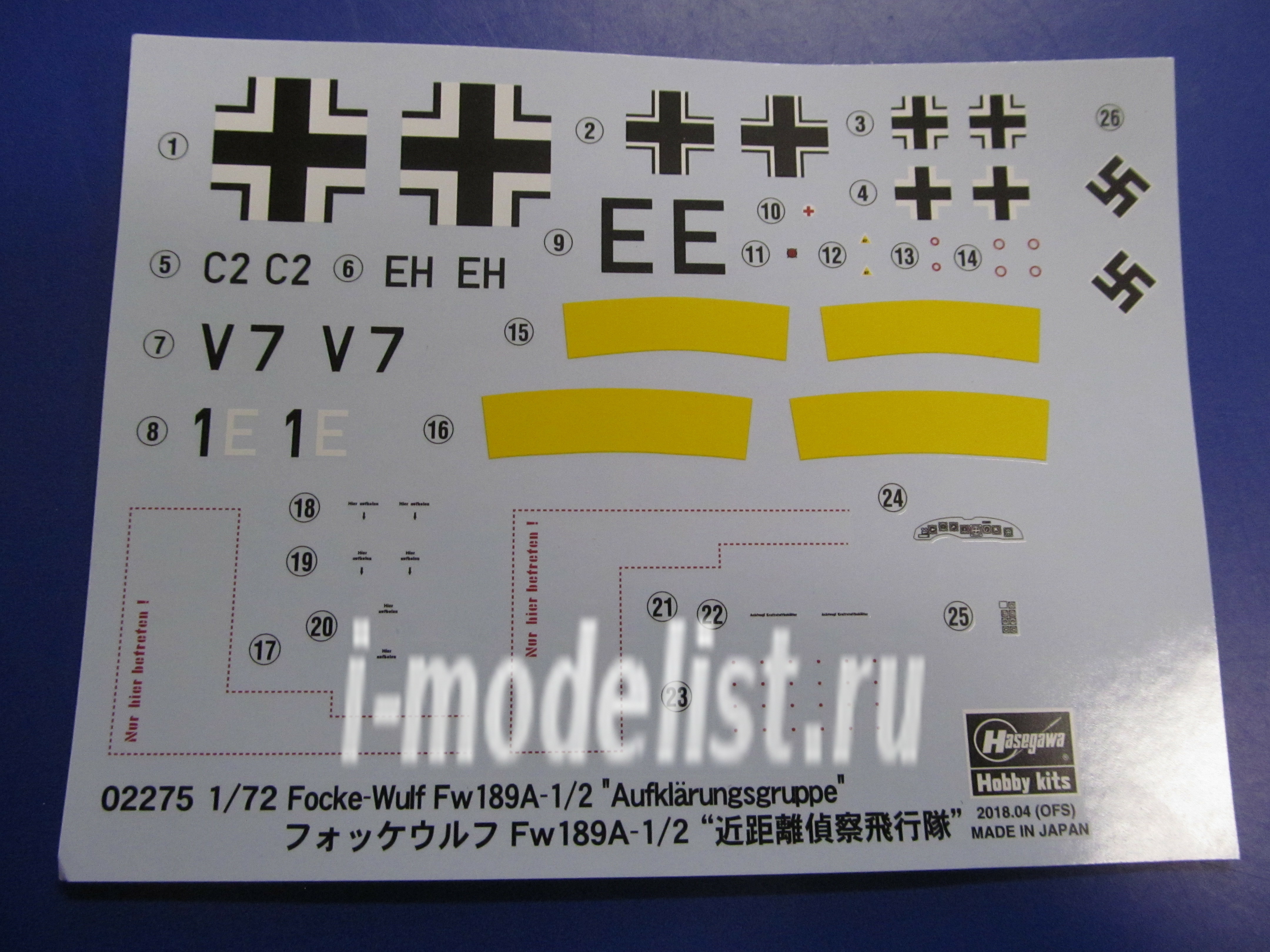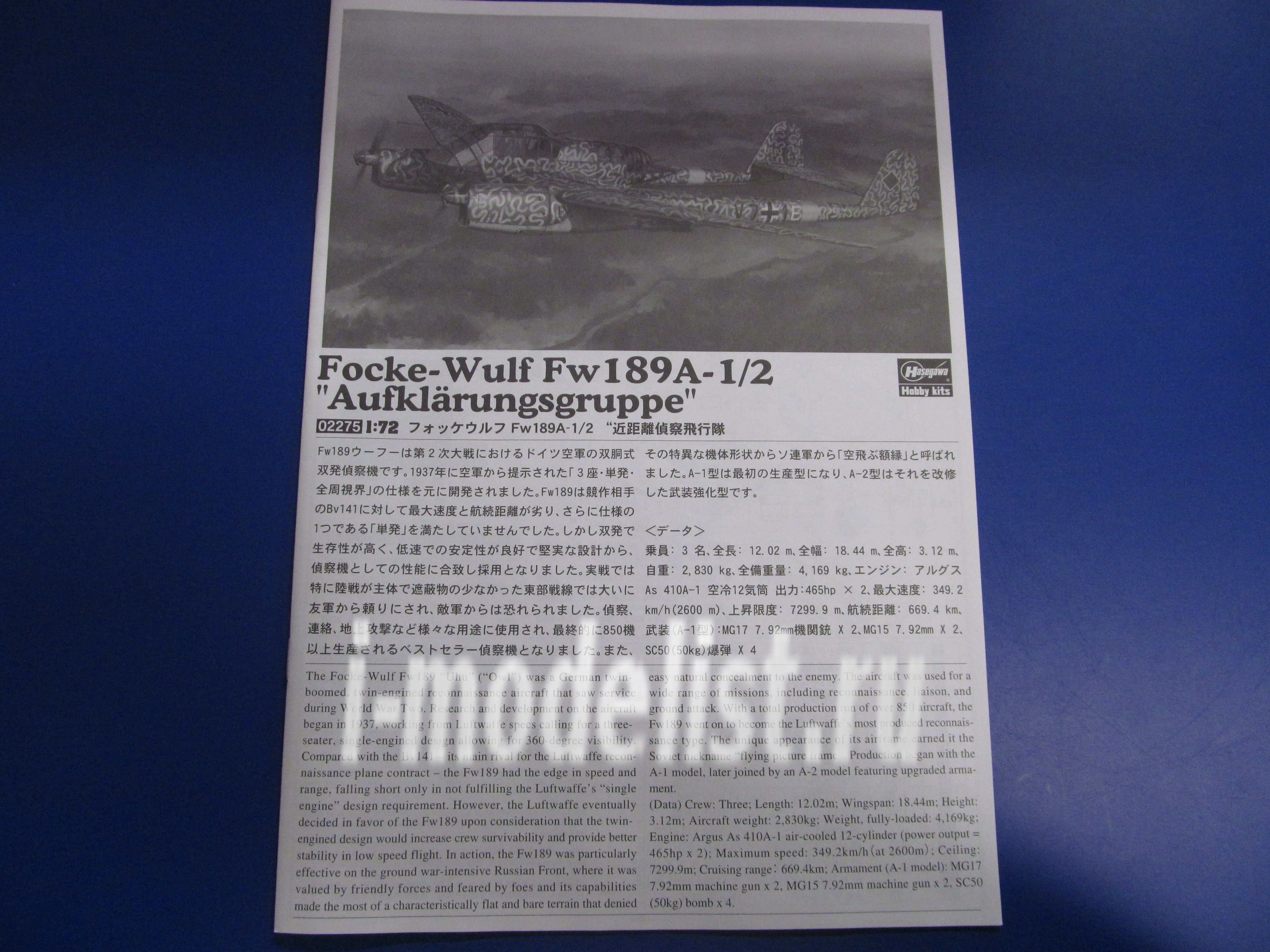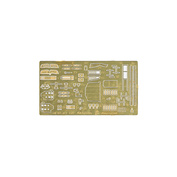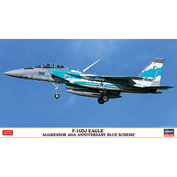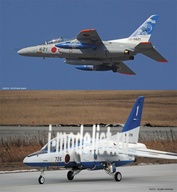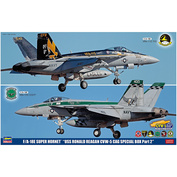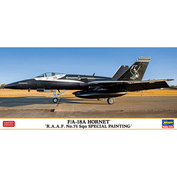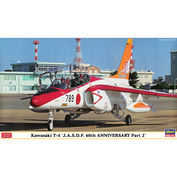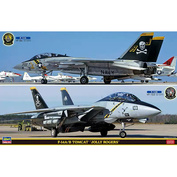Additional Information
Light twin-engine scout-spotter and bomber Focke-Wulf Fw.189 Eule (Owl) was designed in 1937 under the guidance of the famous aircraft designer Kurt Tank. The aircraft was distinguished by an unusual design of the fuselage, for which he received the nickname "Rama"from Soviet pilots. It had an all-metal body and a fully glazed cabin, which provided excellent all-round visibility. The crew consisted of three people - a pilot, Navigator, and rear arrow-mechanic. Modification A-1 was the first production modification of the aircraft.
German pilots were very fond of the Aircraft. Fw.189 had an unprecedented vitality and could continue the flight even with one engine out of order. Due to its unprecedented survivability, high maneuverability, excellent rate of climb and stability, as well as the ceiling of the flight altitude of 8000 meters Fw.189 it wasn't easy to intercept.
"Rama" was Used for reconnaissance of positions and movements of enemy troops, reconnaissance before air raids of bombers, correction of artillery fire, and also as a light bomber and in training units for pilot training. Later, in 1943, the Owl was used in punitive operations against the guerrillas, as a staff aircraft, night scout and night fighter. Besides the Luftwaffe, about fifty Fw.189 was transferred to the allies of Germany — Hungary, Romania, Bulgaria and Slovakia. The Rama was used exclusively on the Eastern front against the USSR from the autumn of 1941 until the surrender of the Third Reich in may 1945. During the entire period of the Second World war, 864 aircraft were built, including experimental modifications. More than half of the Fw.189 was destroyed by Soviet fighter and assault aircraft.
Caution! Glue and paints are not included.
The configuration and appearance of the model are subject to change without notice.
Additionally, we recommend also purchasing
Related Products




